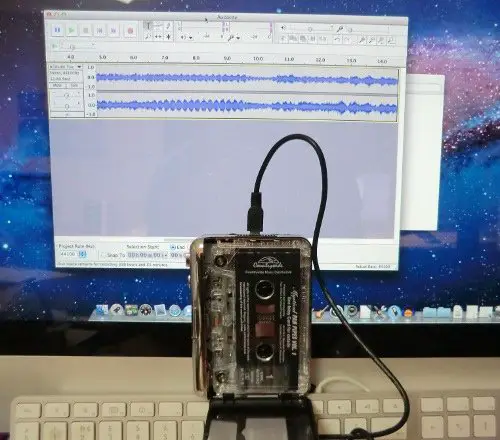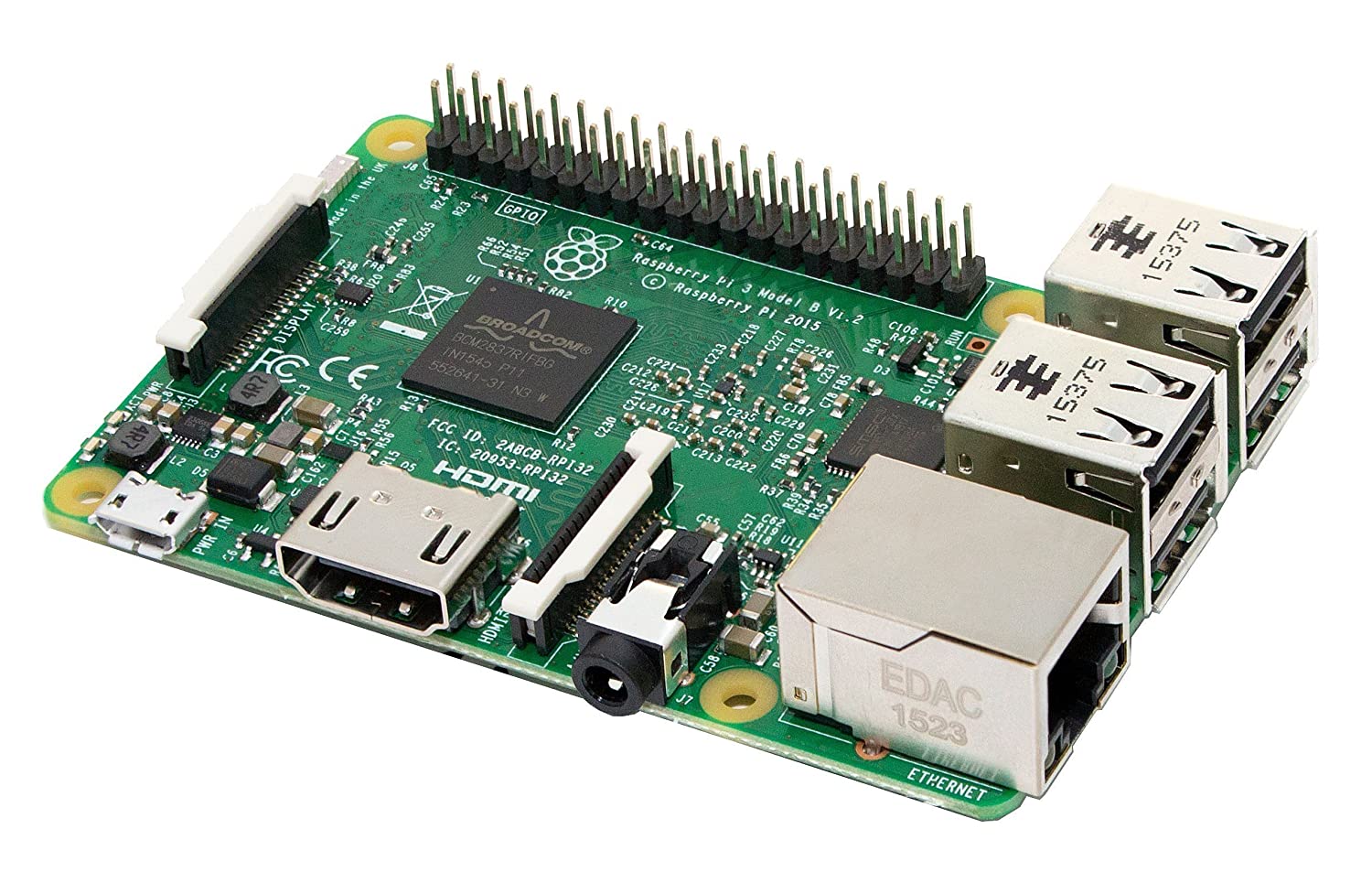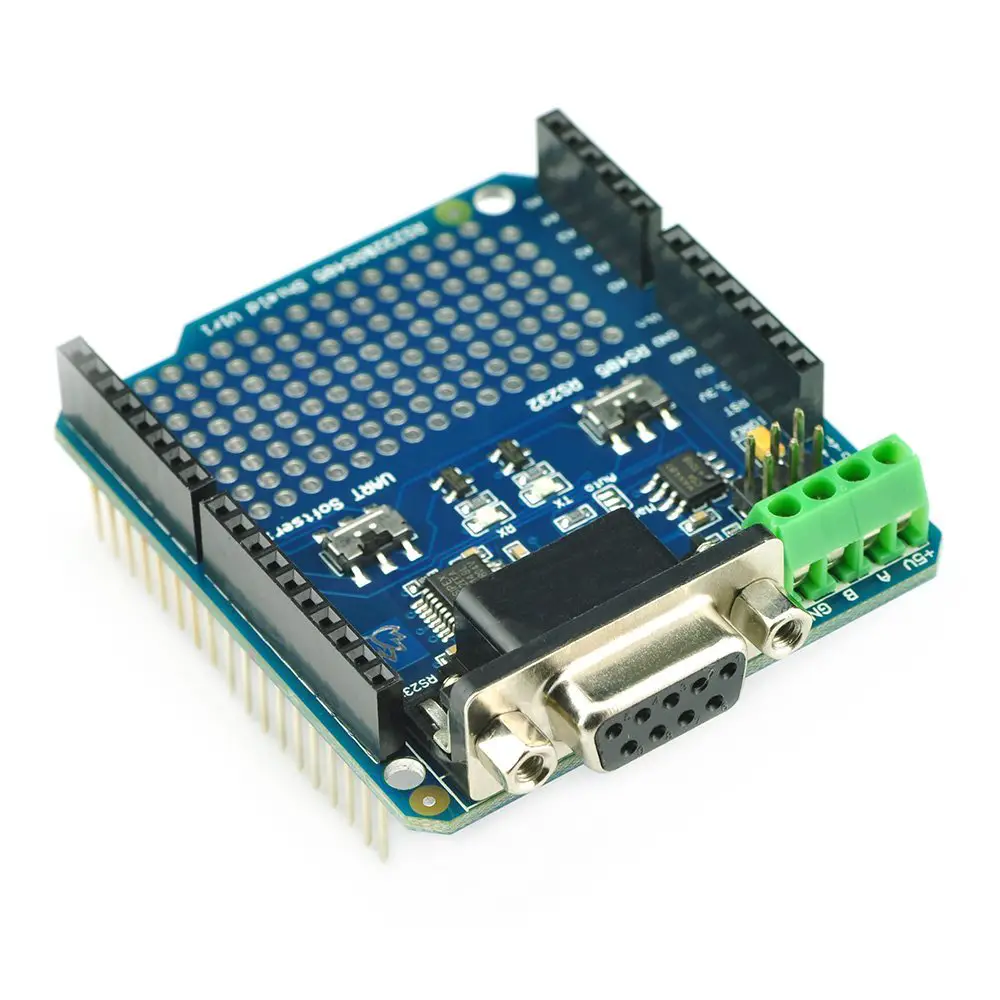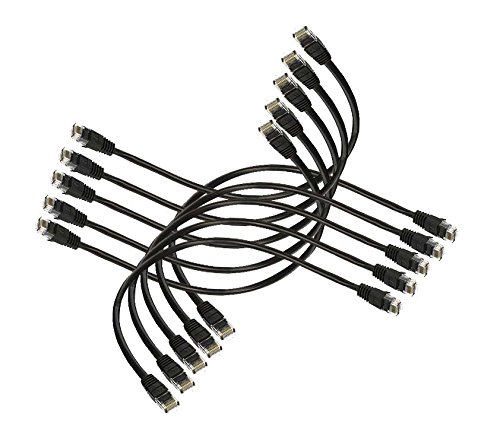; Date: Fri Jan 10 2014
Tags: MEADS Anti-Missile »»»» Military Hardware »»»»
In 2014 a live test of the MEADS system was conducted.
The Medium Extended Air Defense System (MEADS) is a ground-mobile air and missile defense system intended to replace the aging Patriot missile system through a NATO-managed development.[1] The USA, Germany, and Italy are contributing toward the project.
Under development by Germany, Italy, and the United States, MEADS is a ground-mobile air and missile defense (AMD) system intended to replace Patriot systems in the United States and Germany, and Nike Hercules systems in Italy. MEADS is designed to address the shortcomings of fielded systems and to permit full interoperability between the U.S. and allied forces. It is the only medium-range AMD system to provide full 360-degree coverage against tactical ballistic missiles, cruise missiles, unmanned aerial vehicles, aircraft, and large-caliber rockets.
MEADS provides ground-mobile air and missile defense with expanded coverage. The system provides enhanced force protection against a broad array of third-dimension threats. Improved interoperability, mobility, and full 360-degree defense capability against the evolving threat represent are key aspects. MEADS is the first air and missile defense (AMD) system that provides continuous on-the-move protection for maneuver forces. MEADS also provides area defense, homeland defense, and weighted asset protection. It also meets the requirements of Germany's "capabilities oriented" air defense concept.
MEADS incorporates the Lockheed Martin hit-to-kill PAC-3 PAC-3 Missile Segment Enhancement (MSE) missile in a system including 360-degree surveillance and fire control sensors, netted-distributed tactical operations centers, and lightweight launchers.
Truck-mounted MEADS elements drive or roll on and off C-130 and A400M transport aircraft so they can quickly be deployed to a theater of operations. Compared to existing systems, MEADS can defend up to 8 times the coverage area with far fewer system assets, which also permits a substantial reduction in deployed personnel and equipment. MEADS reduces demand for airlift and gets into the theater faster, to begin defending sooner.
The minimum MEADS engagement capability requires only one launcher, one battle manager, and one fire control radar to provide 360-degree defense of troops or critical assets. As more system elements arrive, they automatically and seamlessly join the MEADS network and build out capability.
The prime contractor, MEADS International, is a multinational joint venture headquartered in Orlando, Florida. Its participating companies are MBDA Italia, MBDA Deutschland GmbH, and Lockheed Martin. The company initially won a competitive downselect to develop the MEADS system in 1999,[6] but the program could not be started because the losing competitor filed two successive protests. In 2001, a $216 million Risk Reduction Effort contract was awarded to incorporate a new interceptor approach.[7] In May 2005, MEADS International signed a definitized contract valued at $2 billion plus €1.4 billion for MEADS design and development. This contract is expected to be completed in 2014.[8] The United States funds 58 percent of the MEADS Design and Development program, and European partners Germany and Italy provide 25 percent and 17 percent respectively.
The German Bundeswehr completed an analysis of air defense alternatives in 2010 and strongly recommended MEADS as the basis for improving Germany's missile defense shield and as Germany's contribution to the European Phased Adaptive Approach.[9] In February 2011, the U.S. Department of Defense announced that it intended to fulfill its commitment to complete the design and development effort, but that it would not procure the MEADS system for budgetary reasons.[10] In early 2011, it was announced that Germany would only fund the system up to development. It is not yet determined if funding for procurement will follow.
The MIM-104 Patriot is a surface-to-air missile (SAM) system, the primary of its kind used by the United States Army and several allied nations. It is manufactured by the U.S. defense contractor Raytheon and derives its name from the radar component of the weapon system. The AN/MPQ-53 at the heart of the system is known as the "Phased Array Tracking Radar to Intercept On Target" or the acronym PATRIOT. The Patriot System replaced the Nike Hercules system as the U.S. Army's primary High to Medium Air Defense (HIMAD) system.











